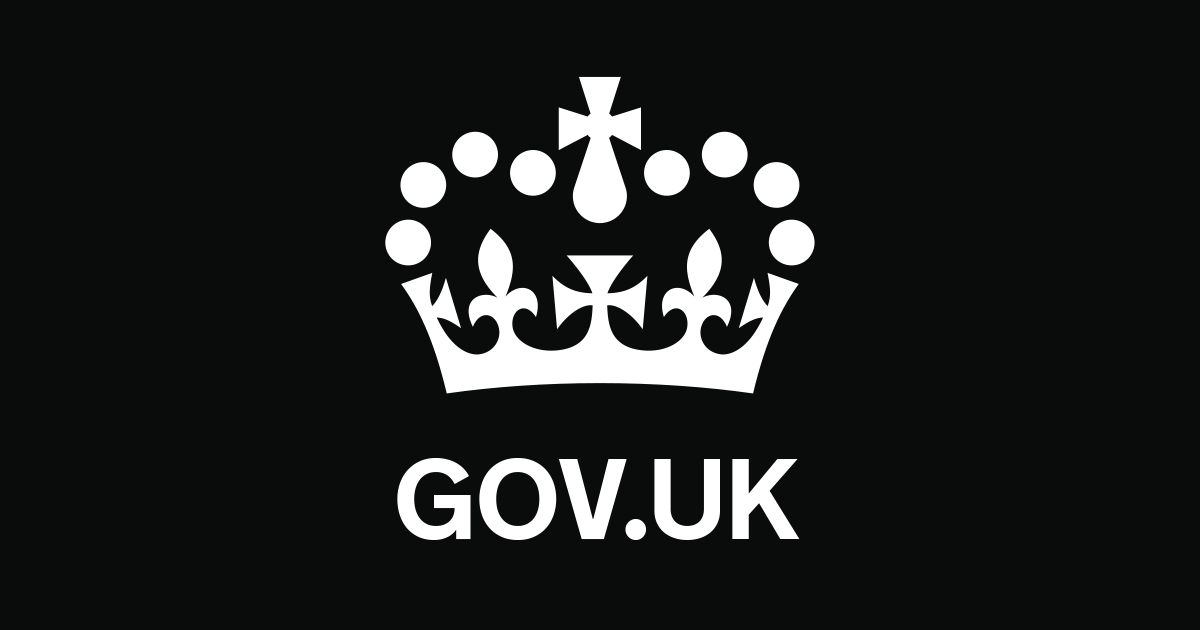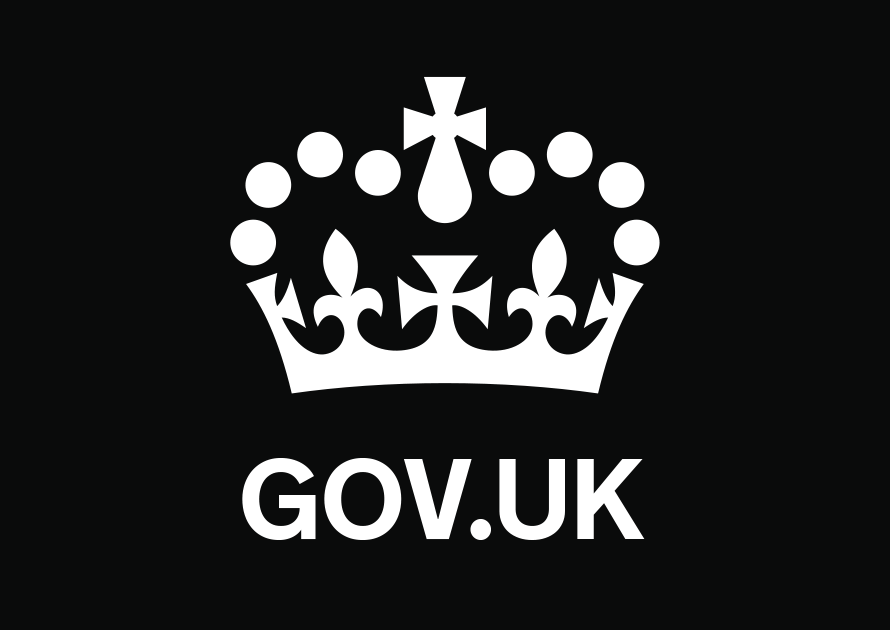To help you calculate the VAT due on goods you’ve imported to the UK, you must work out their value and add it to box 22 of your import declaration.
To work out the value, you need to add together:
- all charges payable on importation into the UK, such as Customs Duty or levy and Excise Duty (do not include the VAT itself)
- the cost of any incidental expenses (find out how to work out incidental expenses)
You’ll then need to add the total to the customs value of your goods.
Costs relating to the transport of the goods to a further destination than the UK (that are known at the time the goods are imported) must be included in the import VAT value.
Find out about goods you do not include when valuing for import VAT.
Goods with a reduced valuation
Certain works of art, antiques and collectors’ items are entitled to a reduced valuation at importation .
To reduce the valuation at importation you must:
-
Calculate a value for duty, using the appropriate duty method.
-
Add any additional costs.
-
Multiply the total by 25%.
By applying the 20% rate to the value it reduces the effective VAT rate to 5%.
Works of art
Works of art that are eligible for the reduced valuation are classified in the UK Global Online Tariff under the following headings.
Goods classified under heading 9701 include:
- pictures, collages and similar decorative plaques
- paintings and drawings created entirely by hand
- plans and drawings for architectural, engineering, industrial, commercial, topographical or similar purposes
- hand-decorated manufactured articles
- theatrical scenery
- studio back cloths or similar painted canvases
Goods classified under heading 9702 include:
- original engravings
- prints
- lithographs
These goods must have been produced in limited numbers and exclude those made by mechanical or photomechanical processes.
Goods classified under heading 9703 include:
- original sculptures
- statuary of any material
These must have been created entirely by the artist. The use of sculpture casts is allowed.
Goods classified under heading 5805 include:
- tapestries and wall textiles, made by hand from original designs provided by artists — limited to 8 copies of each design
- individual pieces of ceramics created entirely, and signed by, the artist
- enamels on copper created entirely by hand, limited to 8 numbered copies and bearing the signature of the artist or the studio — this excludes articles of jewellery, goldsmiths’ products and silversmiths’ products
- signed and numbered photographs (limited to 30 copies) either:
- taken by the artist
- printed by the artist
- under the artists supervision
Antiques
Antiques eligible for the reduced valuation are products (other than works of art or collectors’ items) that are 100-years-old or more.
They are classified in the UK Global Online Tariff under heading 9706.
Collectors’ items
Collectors’ items eligible for the reduced valuation include products classified under heading 9704 and heading 9705 of the UK Global Online Tariff.
Heading 9704 includes:
- postage or revenue stamps
- postmarks
- first-day covers
- pre-stamped stationery and similar products
- stamps that are franked or, if unfranked, are not legal tender and not intended for use as legal tender
Heading 9705 includes collections and collectors’ pieces, such as pieces with any of the following interests:
- zoological
- botanical
- mineralogical
- anatomical
- historical
- archaeological
- palaeontological
- ethnographic
- numismatic
Items of historical significance
Items of historical significance eligible for the reduced valuation must be no more than 99-years-old, unless they have military significance. If they are older, they will be classed as antiques.
The historical significance of an item may relate to:
- how unique the product is
- any direct associations the product has with historical figures or events
- if the product is a rare example, marking an important change in technical or artistic development
Mass produced items are not usually eligible.
Eligible goods include:
- postage stamps issued by a country to mark its independence
- products designed by famous historical craftsmen, such as De Morgan, William Morris, Peter Waals, Mcintosh, Galle, Lalique and Tiffany
- military medals awarded up to and including World War 1 and military medals awarded after World War 1, inscribed with the recipient’s name or given for an act of gallantry, outstanding service and similar recognitions
- civil medals awarded individually, inscribed with the recipient’s name
- general military items dated up to and including World War 1, such as weapons and badges
- items of militaria dated up to and including World War 1, which belonged to, or were used by, a famous person who won a gallantry award
- motor vehicles (motorcycles included) in their original state, which are at least 30-years-old or no longer in production
Motor vehicles should also:
- possess a certain scarcity value
- not normally be used for their original purpose
- be subject to transactions outside the normal trade for similar utility vehicles
- be of high value
- illustrate a significant step in the evolution of human achievements or a period of that evolution
Some motor vehicles will not be eligible as items of historical significance but will be eligible as collectors’ pieces of historical interest. These include:
- motor vehicles (motorcycles included) with any date of manufacture, that have been used in the course of an historic event
- motor-racing vehicles (motorcycles included) designed, built and used solely for competition, that have scored significant sporting successes at prestigious events
Proof must be available to confirm these criteria.
If you’re planning to import a vehicle covered by these guidelines, you should email the Tariff Classification Service before making a purchase. They’ll give advice on non-legally binding tariff classification commodity codes, to help confirm if your vehicle will be eligible for the reduced rate of VAT at import.
What happens next
The value of your goods for VAT purposes should be added to box 22 of the import declaration.
If the value for VAT is less than that which the Customs Handling of Import and Export Freight (CHIEF) system would normally calculate for Customs Duty purposes, you must calculate the amount of VAT payable manually. If it needs to be calculated manually, you must enter the code ‘VAT’ in the rate column of box 47 and enter the value in the amount column.
The CHEIF system (which is soon to be replaced by the Customs Declaration Service) calculates the value for VAT due by adding the duties, levies and additional costs declared in box 22 or 47 to the overall value.
Where additional costs (which need to be included in the overall VAT value) are not included in the total invoice value (or the other value build-up boxes), you must declare them in box 68.
Valuation declarations
If goods are liable to Customs Duty (a duty chargeable on the basis of value), you may be asked to complete a valuation declaration for duty purposes. The declaration gives information which helps determine the customs value of the goods. It should not be regarded as establishing their full value for VAT purposes.
Goods that are not liable to duty, but are liable to VAT at the standard rate, a valuation declaration for import VAT must only be completed when:
- requested by the Customs Office
- the value exceeds £6,500
- the importer is not registered for VAT, or the importer is registered for VAT and:
- the goods are not for the purpose of the business
- deduction of input tax would not be allowed
- the value of the goods is not being determined under customs valuation method 1
There are no arrangements for registering a general valuation statement for VAT-only entries. Individual valuation declarations must be submitted where necessary.
If you move goods into Northern Ireland
There are additional considerations for goods you move into Northern Ireland.
If you move goods into Northern Ireland that are ‘at risk’ of onward movement to the EU, you may have to pay the applicable customs duty.
The VAT due should be calculated on the customs value including any duties due.
You should continue to work out the customs value and add the VAT value of your goods to box 22 of your import declaration as normal.




